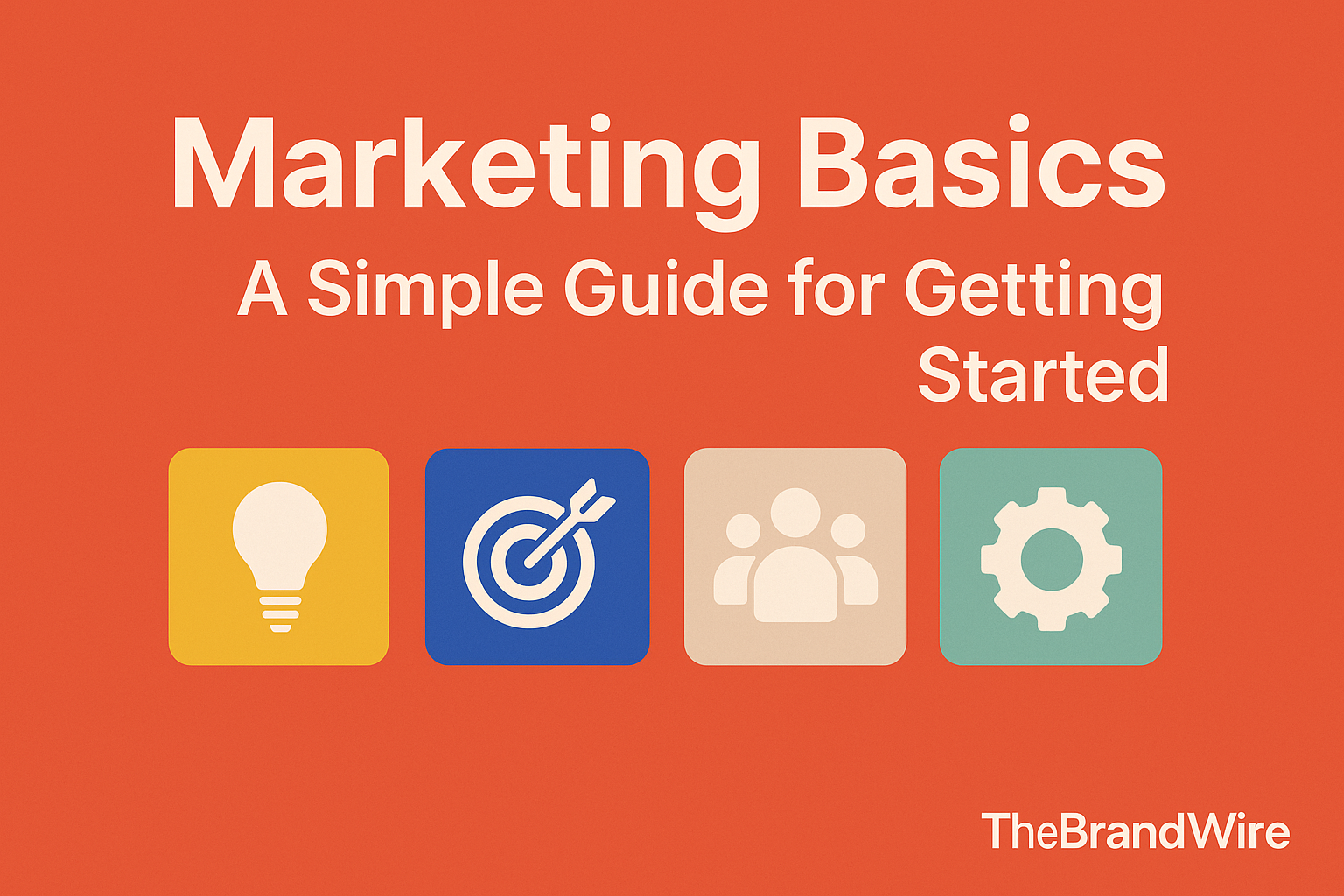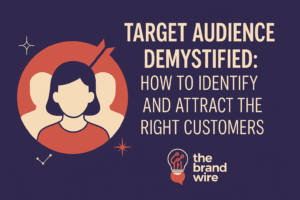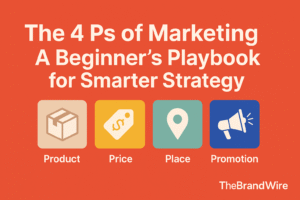Introduction
Marketing is the backbone of any successful business. It encompasses the strategies, tools, and communication methods used to deliver value to a target audience. Whether you’re launching a new brand, scaling an existing business, or entering a new market, understanding the core principles of marketing is essential for sustained growth and brand relevance.
What Is Marketing?
Marketing is the process of promoting, selling, and distributing a product or service to customers. It involves understanding customer needs, creating valuable offerings, and communicating them effectively to drive sales and build lasting customer relationships.
It’s more than advertising—it’s about delivering consistent value and building long-term relationships
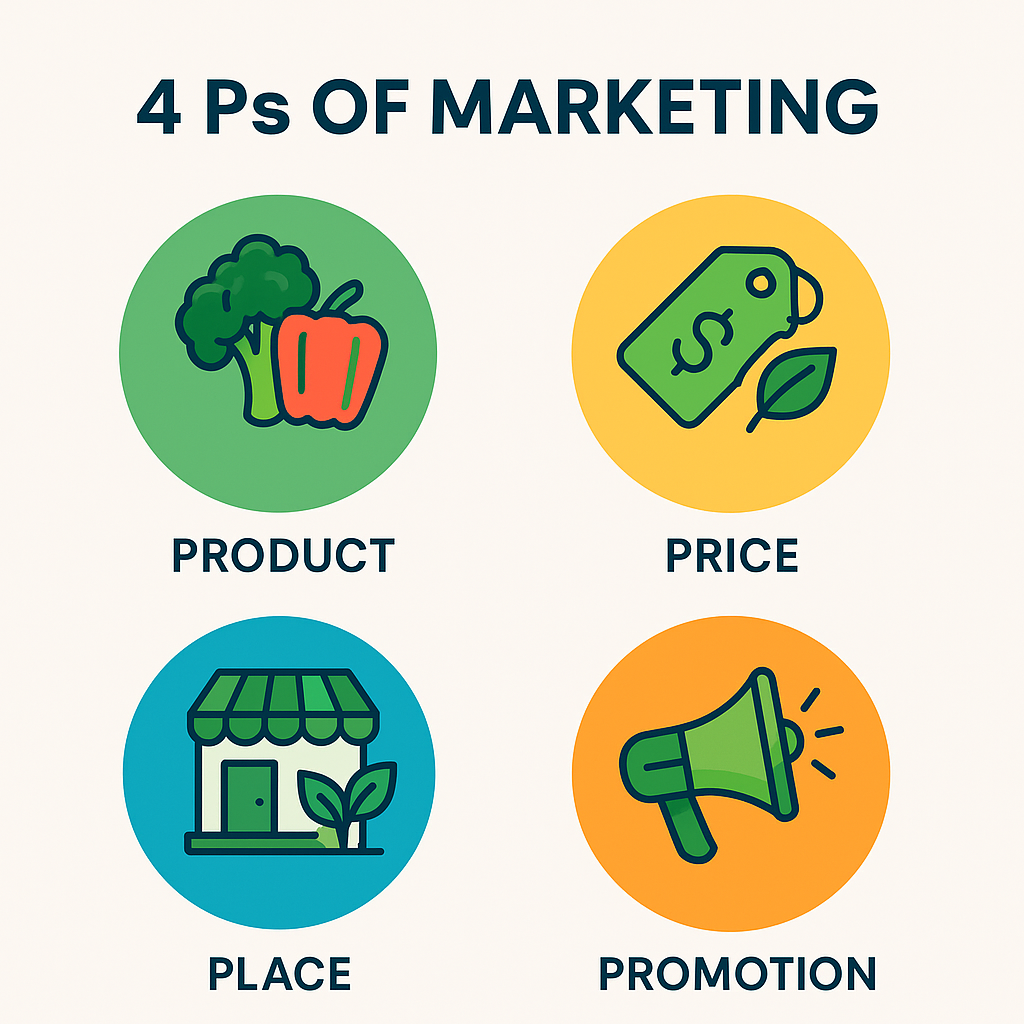
The 4 Ps of Marketing
The 4 P’s of Marketing, also known as the Marketing Mix, are the four key elements used to market a product or service effectively. They are:
1. Product
Refers to what you are selling—a good, service, or experience.
Includes product design, features, quality, branding, and packaging.
Goal: Ensure the product meets customer needs and stands out in the market.
Example: A smartphone with a high-resolution camera and long battery life.
2. Price
Refers to how much the customer pays for the product.
Includes pricing strategy (e.g., premium, discount), payment plans, and perceived value.
Goal: Set a price that balances profitability with customer demand and competition.
Example: Offering a product at ₹999 for affordability, or ₹49,999 to position it as premium.
3. Place
Refers to where and how the product is sold and delivered to the customer.
Includes distribution channels (online, retail stores, wholesalers), logistics, and coverage.
Goal: Make the product easily accessible to the target audience.
Example: Selling through Amazon, Flipkart, physical stores, or your own website.
4. Promotion
Refers to how you communicate about the product to your audience.
Includes advertising, social media, PR, sales promotions, and personal selling.
Goal: Increase awareness, generate interest, and drive sales.
Example: Running Instagram ads, influencer campaigns, or launching an email marketing series.
Together, the 4 P’s help businesses plan, execute, and evaluate their marketing strategies effectively.
Let us look at Traditional Marketing vs Digital Marketing
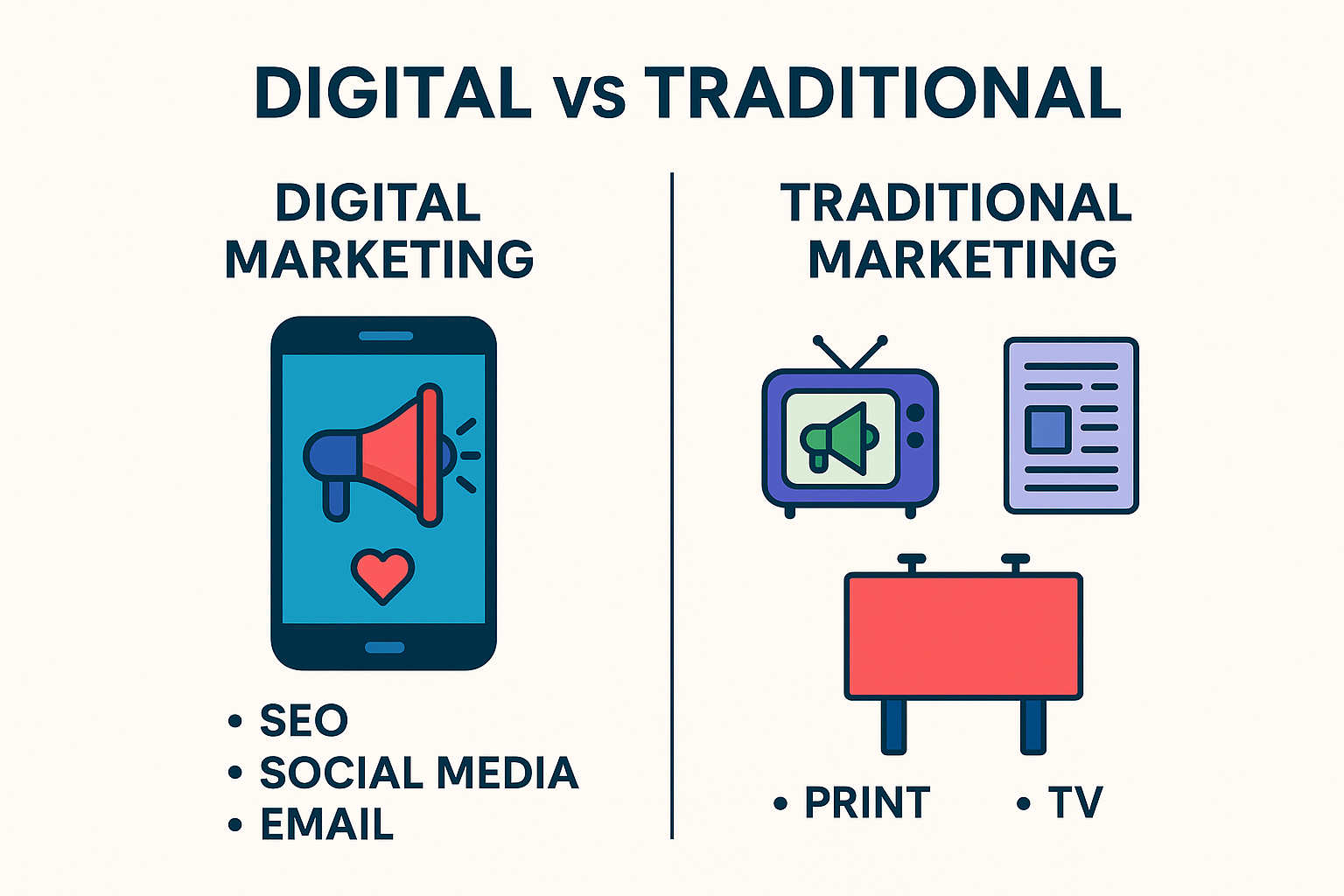
| Aspect | Traditional Marketing | Digital Marketing |
|---|---|---|
| Reach | Local or regional | Global, scalable |
| Targeting | General audience | Hyper-targeted, segmented |
| Cost | Typically higher | More flexible and budget-friendly |
| Analytics | Limited or delayed | Real-time, detailed insights |
| Channels | Print, TV, Radio, Outdoor | SEO, Email, Social Media, PPC |
Understanding Your Audience
Audience insight is crucial. Leverage:
– Demographics – Age, income, location
– Behavior – Purchasing habits, website activity
– Psychographics – Motivations, values, lifestyle
Use tools like Google Analytics, Meta Audience Insights, and CRM platforms to develop effective buyer personas.
Essential Marketing Tools and Channels
Some essential tools for modern marketers:
– SEO Tools: Ahrefs, Ubersuggest
– Email Marketing: Mailchimp, Brevo
– Analytics: Google Analytics, Hotjar
– Design: Canva, Figma
– Social Media: Buffer, Later
Conclusion
Mastering marketing basics lays a strong foundation. Focus on understanding your audience, leveraging the right tools, and using both digital and traditional strategies for the best results.


